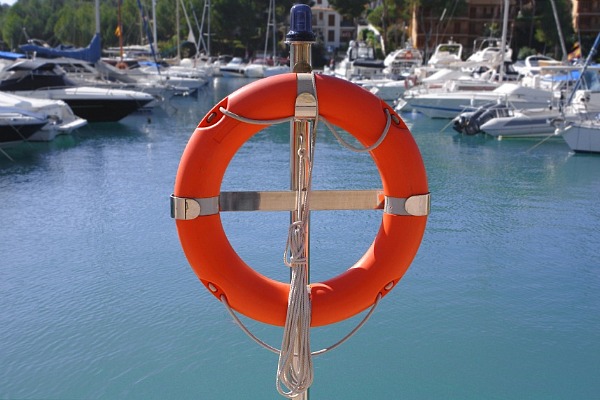Boating Fatalities Study Informs Policy Decisions

Boating Fatalities Study Informs Policy Decisions
At the Marine Safety Conference 2008 in Adelaide today, the National Marine Safety Committee released The Boating Fatalities in Australia 1999 – 2004 Report, a national analysis of fatal injury due to boating in Australia.
The study, written by Associate Professor Dr Peter O’Connor using information from ABS data and coroners’ files, shows that 241 people died in 196 boating incidents between 1999 and 2004, and a further 33 people were injured but survived.
NMSC CEO Maurene Horder confirmed that the data would inform decisions on marine safety policy and education programs in order to reduce injuries and fatalities on Australian waters.
“Boating fatalities present a tremendous loss and strain on families and a huge cost to the community.
“Between 1992 and 2004, boating fatalities cost the Australian community $60 million per year and we estimate that by this year the total cost would have exceeded one and a half billion dollars.”
Ms Horder explained that combined with information from the earlier National Assessment of Boating Fatalities in Australia 1992-1998 Report, the NMSC now has comprehensive data on boating fatalities for the past 12 years.
“For example, the two studies show that 574 people died in Australian waters between 1992 and 2004, an average of 48 people per year, 48 people too many in my opinion.”
Main Findings
• Environmental Conditions – Most of the incidents occurred in favourable environmental conditions (77% occurred in calm to moderate seas).
• Incident Events – The sequence of events resulting in a boating death was initiated most often by capsize of the vessel (19%), a person falling overboard (10%) or swamping of the vessel (11%). When all significant events were considered, a fall overboard was the most common event (33% of the events noted). Capsize was responsible for 16% of all incident events. These results were similar to the first fatality study.
• Contributing Factors
o The initial contributing factor in 74% of incidents was a human cause, mainly alcohol, (21%) or an error of judgement (10%).
o Blood was taken for analysis for 69% of fatalities (n=”166)” and evidence of alcohol was available in a further 8 cases, totalling 174 fatalities. Forty percent (n=70) of the 174 fatalities were positive for alcohol: 22% (n= 38/174) in excess of .05gm/100ml, demonstrating that alcohol is as much a factor in boating deaths as it is in road deaths (26% ATSB, 2001). Of the 154 tested for drugs, 25 (16%) were positive, mainly for cannabis (n=21). The involvement of drugs is greater than observed in the first national study (9%) but it is still an issue of cannabis use rather than other drugs.
o When all contributing factors were considered, the top five were error of judgement, alcohol, failure to keep a proper look-out, hazardous wind and/or sea conditions and failure to wear a PFD.
• Personal Flotation Devices – People can double their chances of surviving just by wearing a personal flotation device. (The first and second studies found that people found alive were two times more likely to have been wearing a PFD).
• Vessel Type – 81% of vessels were for recreational purposes and 19% were commercial vessels, mainly commercial fishing boats. However, dinghies continue to be the most common type of vessel involved in fatal incidents (36%).
• Vessel Length – Forty-four percent of the vessels were 4-6 metres in length, with 74% less than 6 metres. Average boat length was 5.9 metres, an increase from the first fatality study (5.6 metres).
• Vessel Power – There was an apparent large increase in the frequency of overpowered and overloaded vessels. (When considered against the Australian Standard AS 1799 method for calculating the maximum engine power for existing vessels, which is known to be conservative 74% of the vessels in which some-one was killed were overpowered).
• Vessel Operator – People killed in boating incidents are older than observed in the first fatality study. (94% of operators were male and 48% of operators were aged over 50 years compared to 36% in the first study.)
Ms Horder said that the results of this survey would also be considered by the Australian New Zealand Safe Boating Group (ANZSBEG) to determine the topic for the 2008 – 2009 summer boating education campaign.
The NMSC aims to achieve nationally uniform marine safety practices and is made up of the CEOs of Australia’s marine safety agencies. For further details, or to download a copy of The Boating Fatalities in Australia 1999 – 2004 Report, visit www.nmsc.gov.au.


